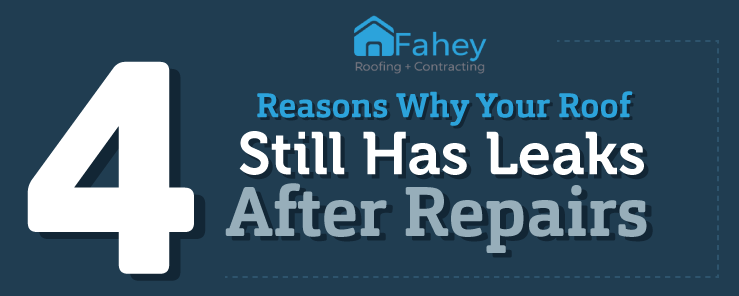Examine The Expenses And Benefits Of Solar Installment To Reveal The Economic Leads That Await Those That Are Thinking Of This Renewable Resource Investment
Examine The Expenses And Benefits Of Solar Installment To Reveal The Economic Leads That Await Those That Are Thinking Of This Renewable Resource Investment
Blog Article
Posted By-Rowe Potts
When taking into consideration the expenses of solar installation, you may wonder about the ahead of time investment required and whether it aligns with the prospective long-term benefits. Recognizing the intricacies of these costs and the numerous variables affecting the total return can shed light on the value proposal of transitioning to solar energy. By evaluating both the preliminary setup costs and the projected cost savings over time, you can gain insight into whether the financial investment in solar installment holds assurance for your monetary future.
First Setup Expenditures
When thinking about the costs of solar setup, the first arrangement expenditures play an essential role in your decision-making procedure. These ahead of time prices consist of the cost of photovoltaic panels, inverters, installing devices, and installation labor.
The cost of solar panels can vary depending on the brand name, performance, and size you choose. Inverters are vital for converting the sun's power into functional electricity and come in different kinds such as string inverters, microinverters, and power optimizers, each with its very own price ramifications.
Installing devices, such as racks and rails, is necessary to safely mount photovoltaic panels on your roof covering or home.
The installation labor cost covers the specialist setup of the solar system, making certain that every little thing is set up properly and efficiently. Remember that while these first arrangement expenditures might appear high, there are frequently rebates, tax incentives, and financing choices offered to aid balance out the prices and make solar setup more cost effective in the future.
Long-Term Savings Analysis
To comprehend the financial benefits of solar setup with time, it's essential to perform a detailed long-term financial savings analysis. While https://www.intelligentliving.co/how-solar-panels-power-our-world/ of photovoltaic panels might appear overwhelming, the lasting savings can exceed these costs substantially. By using the power of the sun to produce electricity for your home, you can possibly conserve hundreds of dollars on your utility expenses over the life expectancy of your solar system.
One of the essential factors to think about in a long-lasting savings evaluation is the reduction in your power expenses. With photovoltaic panels, you can create your electricity, minimizing or perhaps removing your dependence on the grid. This can result in considerable savings, specifically as utility rates remain to rise.
In addition, many federal governments use incentives such as tax obligation credits and rebates for mounting solar panels, better boosting your long-term financial savings. By making industrial solar energy systems of these rewards and optimizing your solar power manufacturing, you can delight in considerable financial advantages for years to come.
Return on Investment Computation
Considering the monetary benefits of solar installment, it's time to evaluate the Return on Investment (ROI) estimation. Identifying the ROI entails comparing the total expenses of mounting a solar system with the economic advantages it produces over its life-span.
To compute ROI, separate the web make money from the system by the complete investment expense and increase by 100 to obtain a percentage. The ROI formula is: (Net Earnings/ Total Investment Cost) x 100.
For example, if the complete expense of installing a solar system is $20,000, and over its life expectancy, it creates savings and incomes completing $30,000, the net revenue would be $10,000. Dividing this by the overall investment cost of $20,000 provides a proportion of 0.5. Multiplying this by 100 supplies an ROI of 50%.
Typically, a greater ROI indicates an extra economically rewarding financial investment. Elements like government motivations, upkeep costs, and energy rate fluctuations can affect the ROI of solar installations. Understanding the ROI assists in assessing whether investing in solar power is worth it in the future.
Conclusion
Finally, understanding the expenses of solar setup is critical for figuring out if it is worth the financial investment. By considering first configuration costs, performing a lasting cost savings analysis, and calculating the roi, you can make a notified choice about the financial worth of solar power. With the potential for minimized energy costs and enhanced power self-reliance, investing in solar installment can be a clever choice for both your pocketbook and the setting.
